I am using a GoPro HERO 4 on a drone to capture images that need to be georeferenced. Ideally I need coordinates of the captured image's corners relative to the drone.
I have the camera's:
- Altitude
- Horizontal and vertical field of view
- Rotation in all 3 axes
I have found a couple of solutions but I can't quite translate them for my purposes. The closest one I found is here https://photo.stackexchange.com/questions/56596/how-do-i-calculate-the-ground-footprint-of-an-aerial-camera but I can't figure out how and if it's possible for me to use it. Particularly when I have to take both pitch and roll into account.
Thanks for any help I get.
Edit: I code my software in Java.
